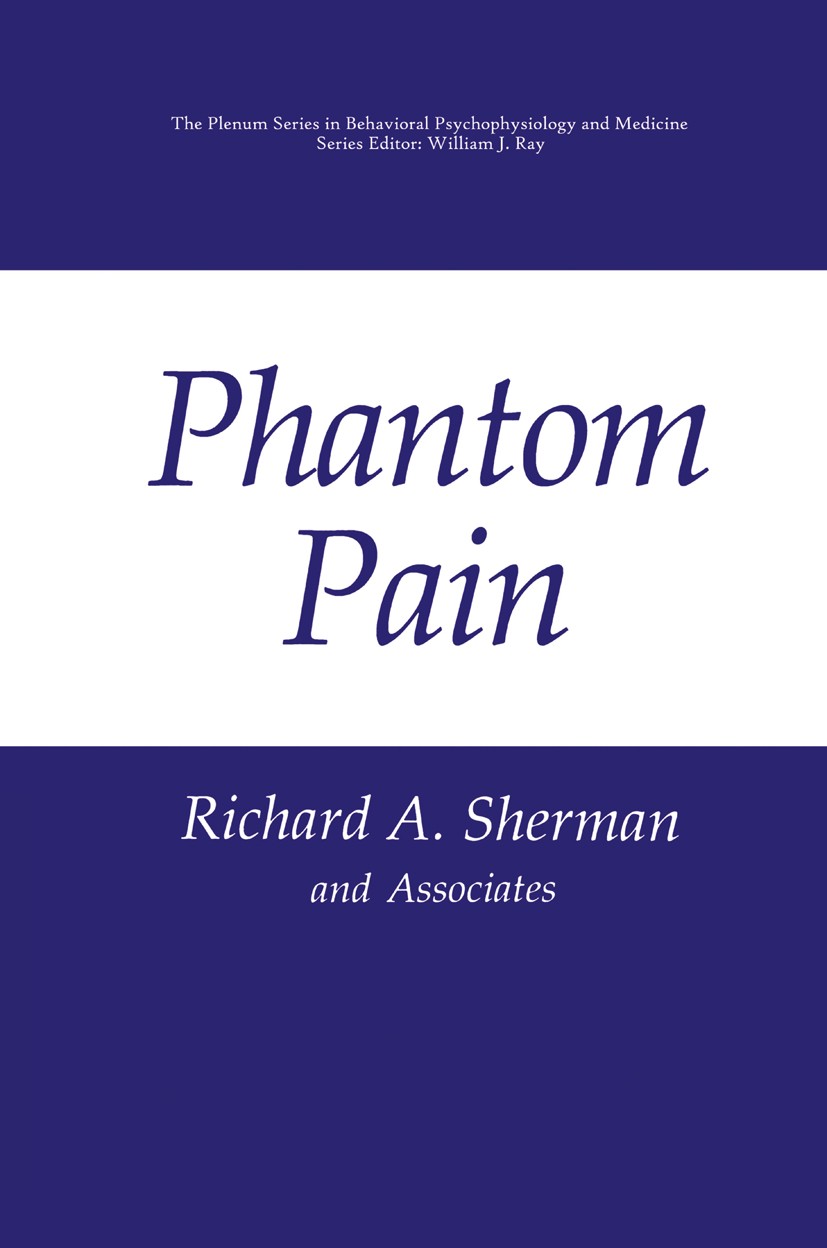| 书目名称 | Phantom Pain |
| 编辑 | Richard A. Sherman |
| 视频video | http://file.papertrans.cn/746/745517/745517.mp4 |
| 丛书名称 | The Springer Series in Behavioral Psychophysiology and Medicine |
| 图书封面 |  |
| 描述 | Phantom pain is an intriguing mystery that has captured the imagination of health care providers and the public alike. How is it possible to feel pain in a limb or some other body part that has been surgically removed? Phantom pain develops among people who have lost a limb or a breast or have had internal organs removed. It also occurs in people with totally transected spinal cords. Unfortunately, phantom pain is a medical night mare. Many of the people reporting phantom pain make dispropor tionately heavy use of the medical system because their severe pains are usually not treated successfully. The effect on quality of life can be devas tating. Phantom pain has been reported at least since 1545 (Weir Mitchell as related by Nathanson, 1988) and/ or experienced by such diverse people as Admiral Lord Nelson and Ambroise Pare (Melzack & Wall, 1982; Davis, 1993). The folklore surrounding phantom pain is fascinating and mirrors the concepts about how our bodies work that are in vogue at any particu lar time. Most of the stories relate to phantom limbs and date from the mid-1800s. The typical story goes like this: A man who had his leg ampu tated complained about terrible crawling, |
| 出版日期 | Book 1997 |
| 关键词 | Nervous System; central nervous system; neuroscience; pain; rehabilitation; treatment |
| 版次 | 1 |
| doi | https://doi.org/10.1007/978-1-4757-6169-6 |
| isbn_softcover | 978-1-4419-3256-3 |
| isbn_ebook | 978-1-4757-6169-6 |
| copyright | Springer Science+Business Media New York 1997 |
 |Archiver|手机版|小黑屋|
派博传思国际
( 京公网安备110108008328)
GMT+8, 2025-11-23 04:28
|Archiver|手机版|小黑屋|
派博传思国际
( 京公网安备110108008328)
GMT+8, 2025-11-23 04:28


